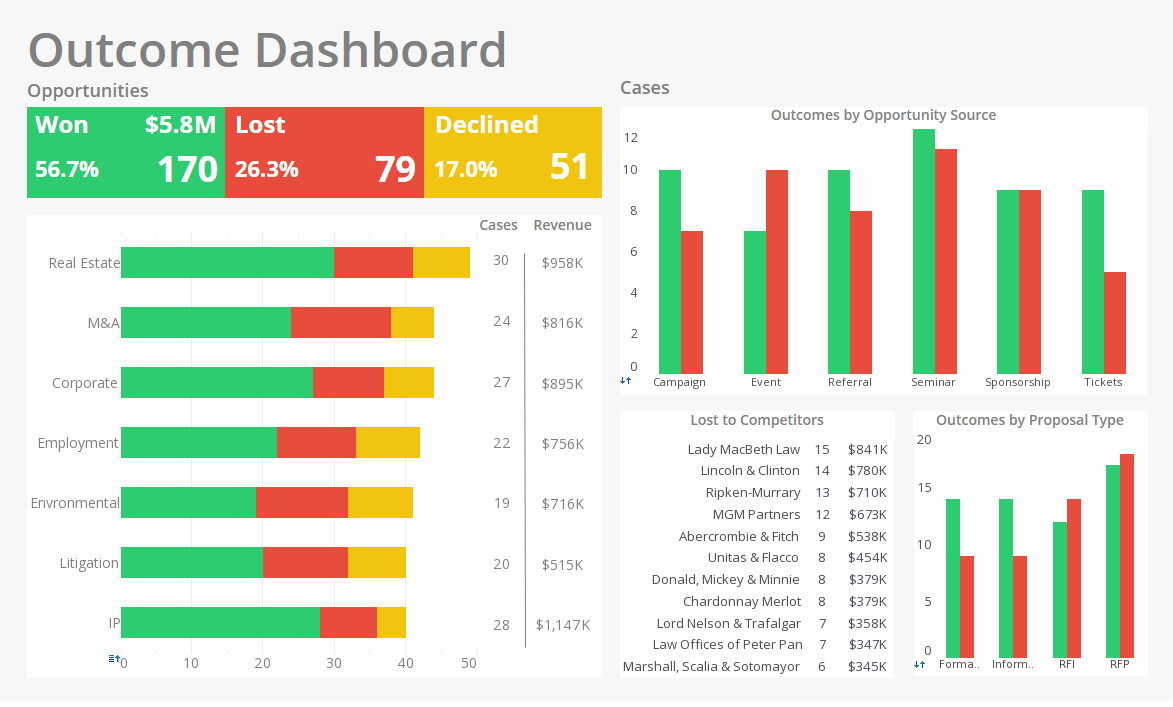How Do You Integrate Business Intelligence Into Your Business?
Business intelligence (BI) is becoming a crucial component of contemporary corporate operations. It enables companies to make data-driven choices and acquire insights into their operations and consumers. Unfortunately, many firms find it difficult to properly incorporate BI into their operations. The process of incorporating business intelligence into your business will be covered in this article.
Level Set for Term Business Intelligence
Let's take a moment to define business intelligence before diving into the procedures needed to integrate it into your company. Business intelligence is a collection of methods, tools, and procedures that assist organizations in gathering, analyzing, and presenting data so they may make educated choices. Data mining, reporting, and predictive analytics are just a few of the many tasks covered by BI.
| #1 Ranking: Read how InetSoft was rated #1 for user adoption in G2's user survey-based index | Read More |
Step 1: Establish Your Goals
Defining your goals is the first step in implementing BI into your company. What do you want BI to accomplish for you? Do you want to increase client retention? Boost sales? Reduce expenses After you've determined your goals, you may consider the metrics you'll need to monitor in order to reach them. For instance, if you want to boost sales, you may monitor metrics like conversion rates, average order value, and customer lifetime value.
Step 2: Determine the Data Sources
Finding the data sources, you'll need to monitor your metrics is the next step. This may include of your social networking channels, accounting program, website analytics tool, and CRM system. You may also need to include data from other sources, such as demographic information or industry benchmarks.
Step 3: Clean and Prepare Your Data
Make sure your data is clean and well-organized before you can begin to analyze it. This include eliminating duplicates, fixing mistakes, and arranging your data so that it is simple to use. Also, you may need to combine data from many sources into a single database.
Step 4: Choose Your BI Tools
BI solutions come in a variety of formats, from simple dashboards to sophisticated analytics systems. Budget, technical proficiency, and company goals should all be taken into account when selecting your BI tools. Microsoft Power BI, Tableau, and QlikView are a few well-liked BI solutions.
Step 5: Make Your Dashboards
It's time to develop your dashboards after selecting your BI tools. Dashboards are visual representations of your data that let you track your metrics in real time. You could also wish to include drill-down features that let you go deeper into your data.
Step 6: Evaluate Your Data
This entails searching for patterns, trends, and insights that might aid in your decision-making. You could see, for instance, that consumers from a certain geographic area have higher average order values or that customers who purchase product A are more likely to purchase product B.
Step 7: Get Started
Taking action based on your insights is the last stage in incorporating BI into your company. This might include modifying your marketing approach, updating your product offers, or improving your website. Whichever steps you take, it's crucial to monitor the outcomes and the effects of your adjustments using your BI tools.
 |
Learn about the top 10 features of embedded business intelligence. |
Why You Should Integrate Business Intelligence?
Better Decision-Making
Improved decision-making is one of the main advantages of implementing BI into your company. You can make well-informed judgments that are based on facts rather than conjecture or assumptions if you have access to real-time data and insights. This may result in improved resource allocation, more precise forecasts, and ultimately higher profitability.
Enhanced Operational Effectiveness
Increased operational efficiency is another advantage of BI integration. Data gathering, analysis, and reporting are just a few of the procedures that BI technologies may automate, freeing up personnel to work on more important projects. This may result in quicker reaction times, fewer mistakes, and increased productivity.
Competitive Advantage
A competitive edge may be gained by integrating BI into your company. You may make choices that help you outperform your rivals by having access to information others lack. For instance, you could find new prospects, boost client retention, or optimize your pricing approach..
 |
Learn the advantages of InetSoft's small footprint BI platform. |
Improved Customer Insights
Better consumer insights may be gained with BI. You may better understand the requirements and expectations of your customers by examining their purchasing history, behavior, and preferences. This may assist you in developing more focused marketing strategies, enhancing client happiness, and boosting revenue.
Quicker Reaction to Market Changes
You can react to market developments more quickly with the aid of BI tools. You can see patterns and change your plan by keeping an eye on crucial indicators in real-time. You may swiftly alter your inventory levels or start a focused marketing campaign, for instance, if you observe a sudden rise in demand for a certain product.
Better Prediction
BI may also increase predicting accuracy. You may create more precise forecasts about future performance by looking at prior data and spotting patterns. This may assist you in improving your investment choices, resource allocation, and business process optimization.
Increased Transparency
BI tools may also provide you more insight into how your company is doing. You can pinpoint areas for development and monitor advancement over time by having access to real-time data and insights. This may result in increased accountability, enhanced departmental cooperation, and a more cohesive organizational plan.

